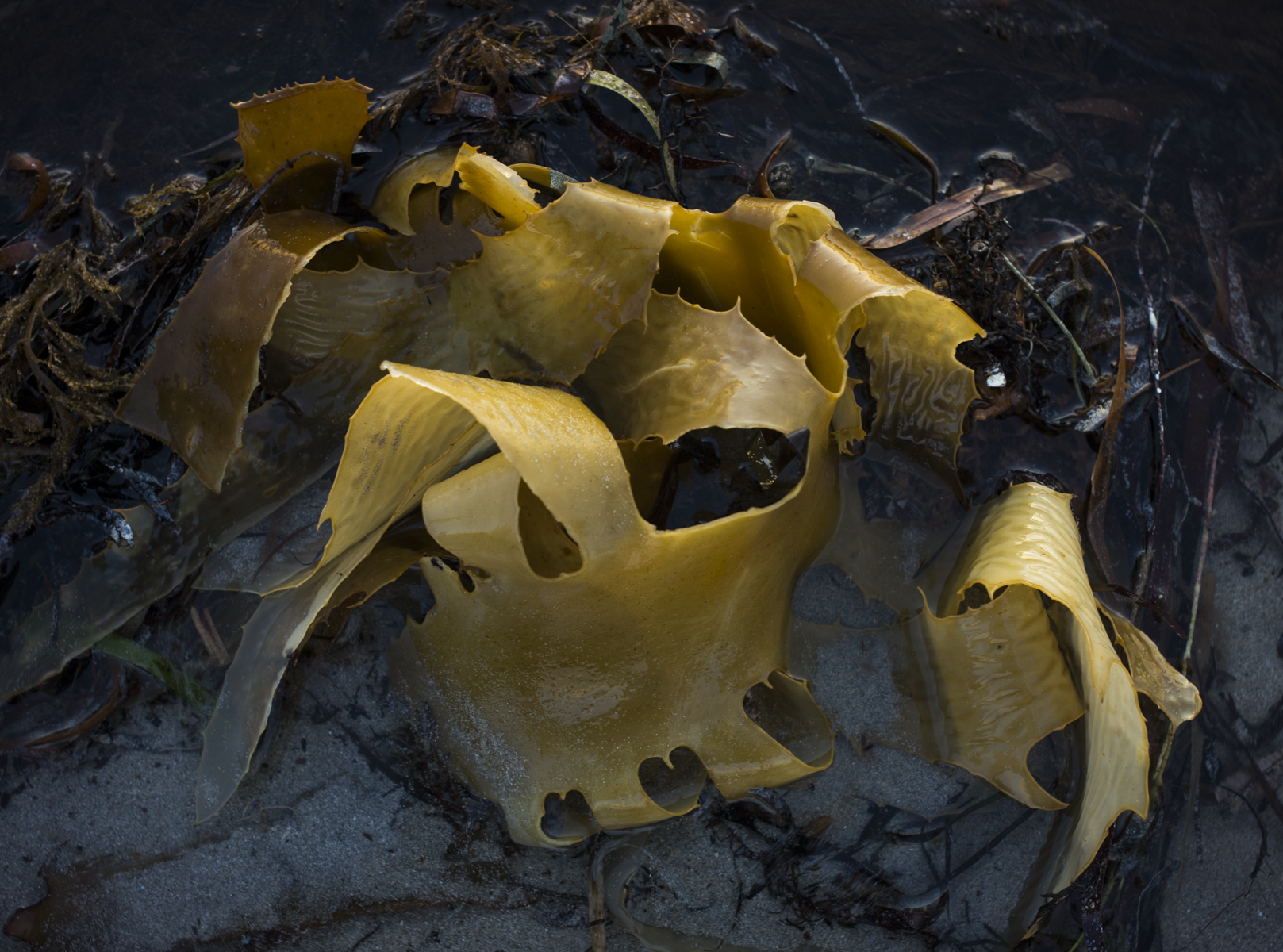If cities are now seen as ‘engines for innovation and growth’, then the smart city paradigm is seen to involve the application of information and communication technology, environmental sensors, digital footprints of the inhabitants, manipulation of the resulting data using statistical techniques, and finally the use of complexity modelling and advanced visualisation in order to make sense of it all.
These assemblages aim to promote efficiency, productivity, and safety and to reduce uncertainty in the management of places. Smart city initiatives have been closely linked to the forms of accelerated living that increasingly dominate everyday life in the global metropolitan era. Smart cities are fast cities, efficient cities, controlled cities.

Poodlewalks are about slowness in a city increasingly dominated by speed and movement, acceleration and flow–wandering into car parks and observing the light on the built environment. Slowness stands for slowing down–for deceleration, detour, delay, interruption, inertia, stoppage and immobility. It stands for decelerated living in the context of the embrace and internalization of a culture of speed and hypermobility (of people, data, goods, capital, etc).










